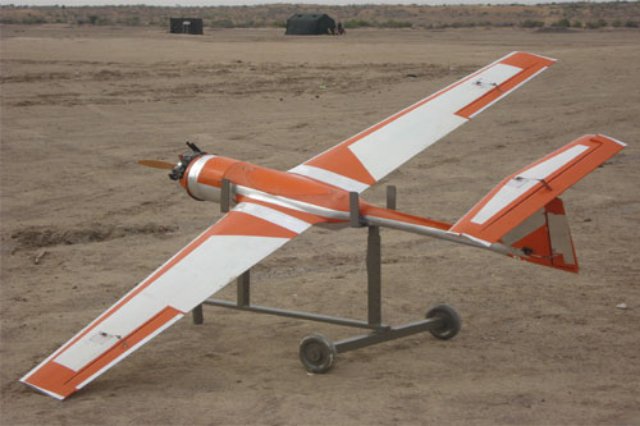Aerial targets are a niche area within the large defence sector. To provide high-quality training for fighter pilots and anti-aircraft gunners and to test the effectiveness of radar and missile systems, the armed forces need aerial targets that can simulate incoming aircraft, missiles or unmanned aircraft systems.In order to closely simulate battle scenarios, these targets should be able to achieve speeds close to that of real missiles or fighter jets and should also be able to simulate jamming and evasive capabilities of such systems.
In March 2008, during the joint military exercise, Operation Brazen Chariots, in Rajasthan’s Pokhran desert, radar-guided OSA-AK mid-range missiles blasted a Javelin 100NG aerial target into smithereens.
That was a moment of validation for Avdesh Khaitan. The targets performed just fine and two years later, Khaitan’s Kadet Defence Systems became the first Indian company to win a defence ministry contract for aerial targets.
Khaitan’s company delivered the first batch of its JX2 (propellor-based) unmanned aerial targets in December last year. These can achieve speeds up to 0.2 Mach. Kadet’s JX3 is a jet turbine powered UAS and can touch 0.5 Mach.
He sources engines from Germany and builds the systems in his Kolkata factory. The expendable systems are cost effective, starting at Rs 1 lakh per unit for the JX2.
“The important thing for aerial targets is to be able to simulate enemy aircraft, incoming missiles or remotely operated vehicles. Kadet’s systems are effective and the users seem to be happy with them. It is used to provide real-time training to our gunners. Otherwise such training is difficult and expensive,” said Brigadier (retd) Arun Sahgal, director at the Forum for Strategic Initiative.
“The Air Force and Navy have announced plans to buy more than 500 aerial targets in the next three years. We are the only Indian company that has already supplied to the military and our products have been found to be reliable and cost-effective. So we have some basis to expect that we can win more business and grow rapidly,” Khaitan said.
India imported such targets and limited budgets used to mean limited training. Now, as the applications of unmanned aircraft systems are growing exponentially in the defence and aerospace sector, Khaitan is trying to build on his early success.
With aerial target orders worth several hundred crores in the pipeline for India’s armed forces, Khaitan has ambitious plans for his small firm. Avdesh Khaitan, abandoned his law practice with a family-owned firm the previous year to pursue his childhood hobby of aeromodelling. If the targets made by his fledgling company hadn’t performed well at the tests, his plan to build a business out of his childhood interest would have crashed in the desert.
Khaitan wants to move to other UAS applications apart from aerial targets. It has signed a Memorandum of Understanding with the National Aerospace Laboratory to jointly develop advanced UAS.
His team of 15 – mostly engineers – is also working on UAS for applications such as surveillance, hyper spectral imagery (applications in agriculture, mines and minerals) and GIS (geographical information system) mapping.
Source: The Economic Times

